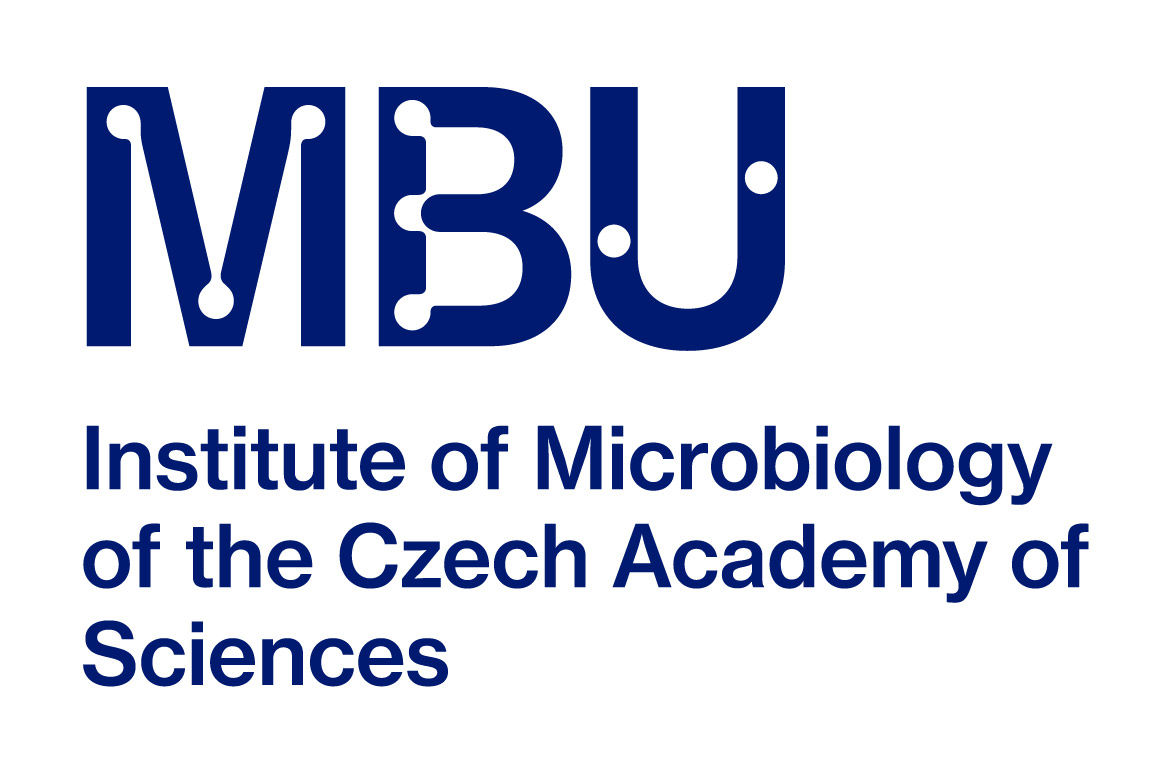Galectins are a class of animal lectins characterized by a highly conserved carbohydrate recognition domain (CRD) and significant sequence homology. They specifically recognize glycans with a terminal β-galactoside [1]. Human galectins play critical roles in fundamental cellular processes, including growth, development, programmed cell death, intercellular adhesion, intracellular transport, cell migration, and signaling. From a therapeutic and diagnostic perspective, galectins are most studied for their involvement in protective and pathophysiological mechanisms related to heart failure, cancer progression, and the body’s response to inflammatory and fibrotic processes. In cancer, galectins contribute to metastasis, cell adhesion, proliferation, and tumor growth. The investigation of galectin interactions with glycoconjugates or glycomimetics for potential biomedical applications requires the heterologous expression of soluble, stable, and easily purifiable galectin constructs in high yields, with the capability for detection in biological systems. This is particularly challenging for tandem-repeat heterodimeric galectins, where the correct linker length and the selection of an optimal fusion construct are crucial.
In our lab, we produced the most abundant galectins – Gal-1 and Gal-3 and investigated their affinity to different oligosaccharides and glycoconjugates prepared in our lab (with cooperation labs) via chemo-enzymatic synthesis (Laaf 2018, Tavares 2020). Recently we were able to produce three tandem repeat galectins – Gal-4, Gal-8, Gal-9 also with their subunits. Different multivalent glycoconjugates (glycocalixarenes, glycodendrimers, and neo-glycoproteins) were tested for their affinity to tandem repeat galectins (Konvalinková 2023, Müllerová 2023). A key aspect of the galectin study is optimizing the preparation of constructs carrying an AVI-tag, a peptide anchor for selective biotinylation of proteins [5]. These constructs undergo covalent biotinylation during expression through co-expressed biotin ligase, which is useful for studying galectin interactions with cancer cells via flow cytometry or immobilization in surface plasmon resonance assays. The AVI-tagged galectins were used in several studies: inhibition of Gal-3 by neo-glycoproteins (Bumba 2018), high-affinity glycoconjugate ligands of Gal-1 and Gal-3 (Hovorková 2023) inhibition of cancer cells by scavenging the Gal-8 and Gal-9 from the cell surface (Vrbata 2024).



 Doc.RNDr. Pavla Bojarová, Ph.D.
Doc.RNDr. Pavla Bojarová, Ph.D.